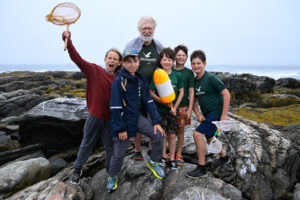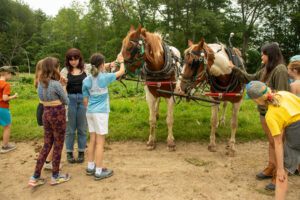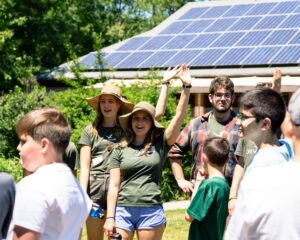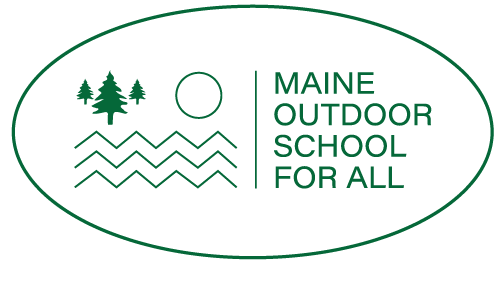“If you wanted to reforest the Chewonki Farm, you wouldn’t plant trees. You would simply stop mowing. We have all these promising carbon-offset programs, but they are disconnected from reality.”
Since his early days as a Chewonki camper, student, and staffer in the 1990s and 2000s, Forrest Fleischman (Boys Camp ’92, ’94; North Woods Hike ’96; Semester 18; Staff ’01, ’03-’05) has become a leading expert in forest policy and governance. An associate professor in the Department of Forest Resources at the University of Minnesota, Fleischman’s work examines the intersection of scientific knowledge, government expertise, and civic engagement in policy-making and implementation and the outcomes of resulting policies [1]. His ideas have been featured by ProPublica, the BBC, NPR, Science News, and many others.

Most recently, Fleischman says he’s wrapping up a research project examining reforestation projects in India that seek to sequester carbon through vegetation growth. “They don’t work,” he says. “The data shows that organizations plant trees in places where trees aren’t needed, or people don’t want them,” he explains, like places where people raise animals. The trees don’t survive because people don’t take care of them, because of uncontrolled fires, or they are simply eaten by goats.

Often, these reforestation projects are funded by international NGOs focused on large reforestation projects. They give a directive to plant (x) number of trees. “The task is filtered down to another government official, and it becomes really superficial,” explains Fleischman. The activity of planting trees is no longer connected to the desired outcome of reforestation.
So, if tree planting programs don’t actually produce the myriad benefits they promise, what does? Fleischman has a few suggestions.
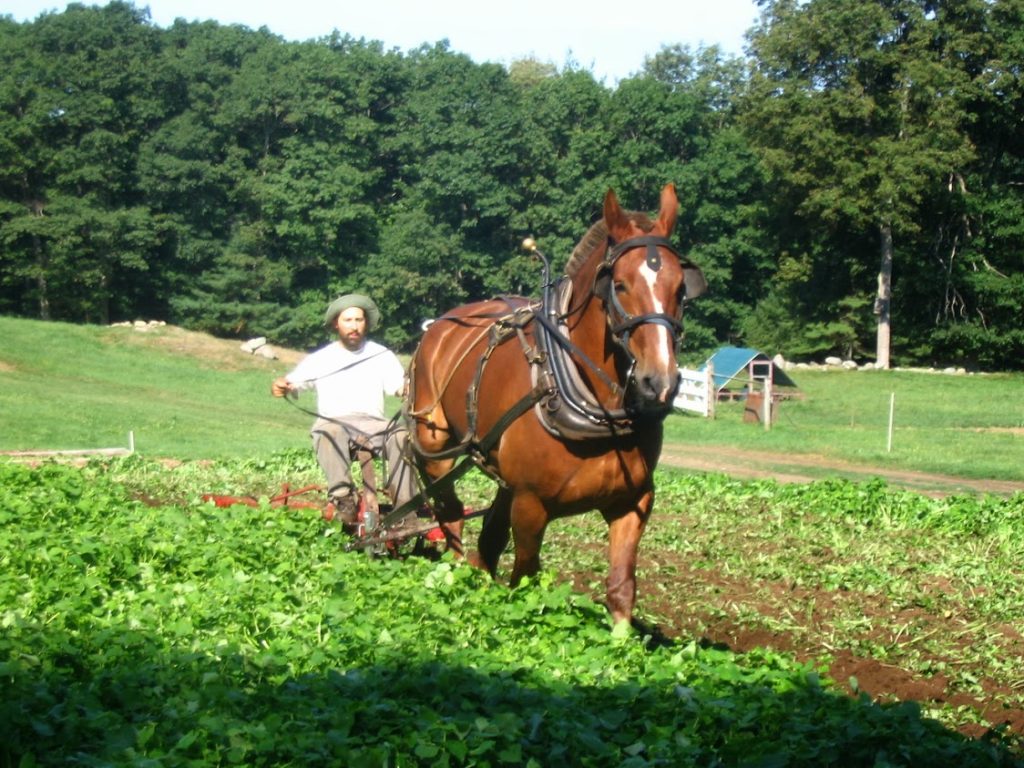
“One of the key ideas we’ve found in forest policy is that all else being equal, we’re better off having land managed by indigenous and local peoples,” Fleischman says. “This finding has been confirmed by study after study, all over the world and in all data sets.”

But, this is still a controversial idea. “Conservation biologists say that we need to regulate human access,” says Fleischman, who agrees that well-managed parks and preserves can effectively protect national resources. But there’s a signifcant dirth of financing. “The University where I work has a four-billion dollar annual budget. The US National Forest System has a seven-billion dollar budget to manage 190 million acres – less than twice as much. We can’t address the issues of climate change through land conservation without a larger investment.”
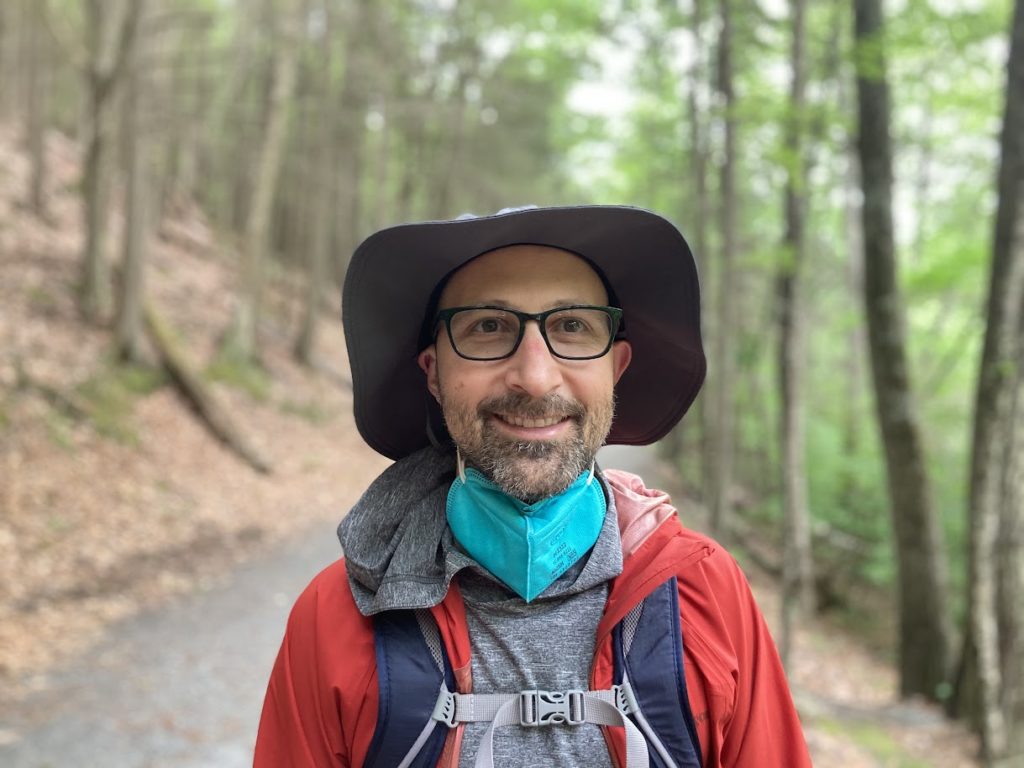
So, giving land back to forest-dependent indigenous and rural people is a great step, along with building their political power over time. What else? Fleischman has another surprising answer:
“We need better markets for forest products. Some people are surprised by the fact that forest extraction can be very compatible with forest sustainability. If people can make money off their land, they are likelier to keep it the way it is,” he says.

For example, “we should build more with wood instead of steel and concrete. When we build with wood, we’re storing carbon. The forest will regrow and store more carbon,” says Fleischman. He’s excited to see new technology making wood products more valuable through new applications.
Another surprising fact about Fleischman is that he spent a winter logging trees in our woodlot, which he says gave him a close-up look at how tree removal impacts the woodlands. “It was a very powerful experience. Most of my colleagues know about forestry from doing science. Chewonki allowed me to understand science from a logging perspective as well.”
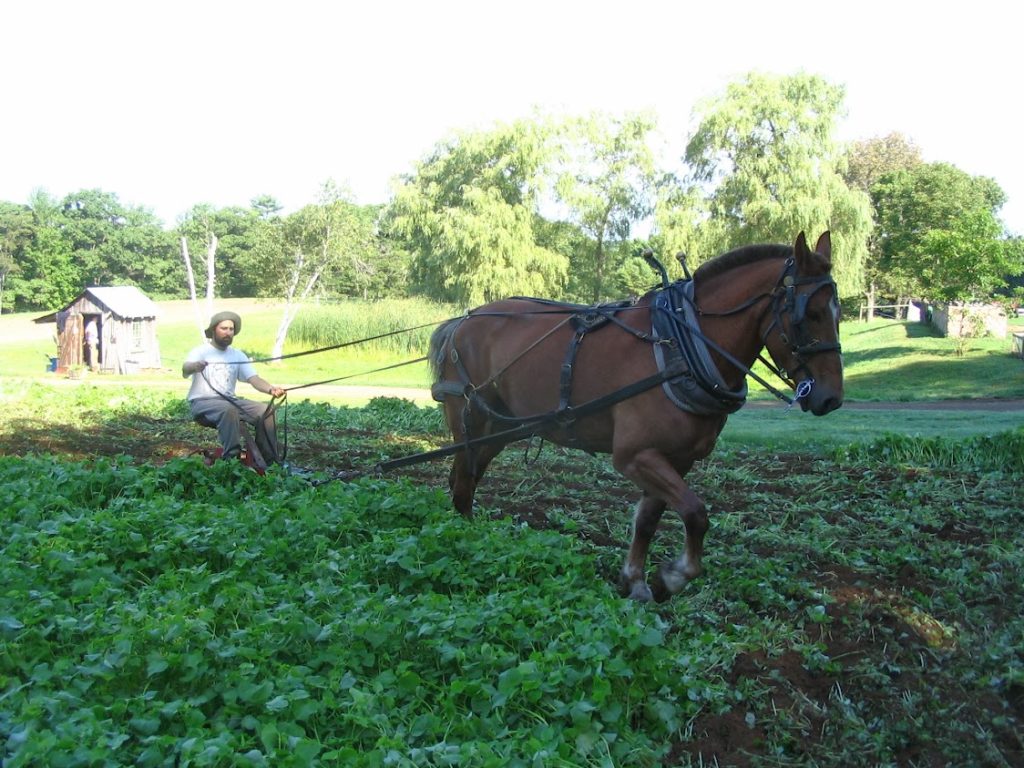
"[Chewonki] was an important part of my life. For years I dreamt of driving down Chewonki Neck Road, and I felt like I was driving home."
In fact, Fleischman says he sometimes regrets not pursuing a more hands-on career. “My Chewonki environmental issues teacher became a logger. He gets to spend all day in the woods with his horses. I don’t get to engage with nature in the same way,” says Fleischman, again upending common misconceptions about what it means to know and care for woodland.

Fleischman’s Chewonki experience influenced him in other ways, particularly our Environmental Issues (EI) course. “The irony is that I kind of struggled in that class, but it gave me a template to use in my teaching.” For example, Fleischman’s University of Minnesota students must attempt to change an environmental policy for his class. Like EI, his students thoroughly study the issue through readings and stakeholder interviews. “They have to understand the issue from all perspectives before forming a conclusion,” explains Fleischman, who notes that about half of the projects are successful each semester.
Fleischman has more surprising advice for students interested in pursuing a career in environmental policy. “First, seek out diverse experiences. Build connections and real-world expertise. Environmental policy is a highly technical field requiring experience in data management, math, computer skills, and communication.” He says that students need basic knowledge about natural resources, but they must study more than environmental science to succeed.
Forrest, thanks for inspiring us with your research, teaching, and advocacy work. We wish you the best!


